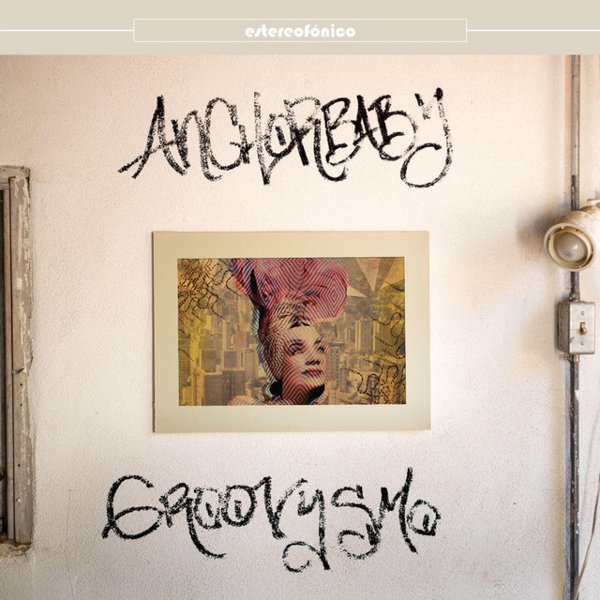Tucson, Arizona is somewhat isolated – a liberal, city-sized college town in a historically conservative state surrounded by mountain ranges and a vast desert. A permanent music counterculture has been entrenched since at least the 1980s, populated by locals, University of Arizona students and transplants from the small towns on either side of the nearby US-Mexico border. As the 1990s grew to a close, many second and third-generation local punk bands began looking back to garage and psychedelic rock bands for inspiration. The music mirrored trends in indie rock across the US, but Tucson’s version became and remains mostly insular.
The music from this community is surprisingly varied and has no signature sound, although most artists share signifiers and stylistic limits. The sound has roots in the 1960s – the British Invasion, soul, proto-punk garage/psychedelic rock, folk-rock, sometimes country and French pop. It’s usually played with the attack and percussive soul-punk swing of The Saints’ early work. Much of it is recorded on four-track tape by Matt Rendon at the local Midtown Island Studio and sounds appropriately and exquisitely vintage. The music is catchy but uncompromising in vision – occasionally there are nods to post-punk or dream-pop – and it almost entirely eschews anything that developed after around 1980 or so. Songs are usually brief and stacked with hooks and harmonies; one could imagine them being regional or pop hits six decades ago.
The figure of most consequence is Rendon, and his recording studio, built to record his music under the name The Resonars in the early 1990s, is the physical core of Tucson garage rock. The Resonars sounded like The Mamas and the Papas singing for The Who circa 1966. That sound turned out to be the bedrock for most of what followed in this genre, with endless variations spinning off with each new group. Outside of being the de facto producer for the scene, Rendon contributed mostly guitar or drums to the music of many other artists, like Freezing Hands, Lenguas Largas and Louise Le Hir. The hyperconnected nature of contemporary life has generally resulted in the decline of distinctive regional musical movements; however, by pursuing its singleminded insularity, Tucson and its garage/psych artists manage to escape that fate and keep its isolated, independent spirit alive.











